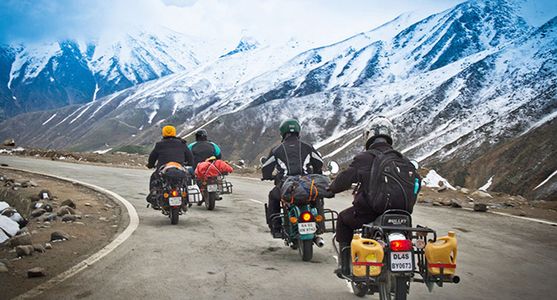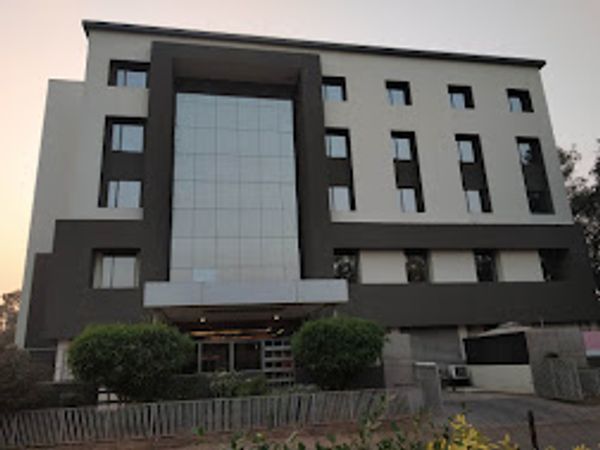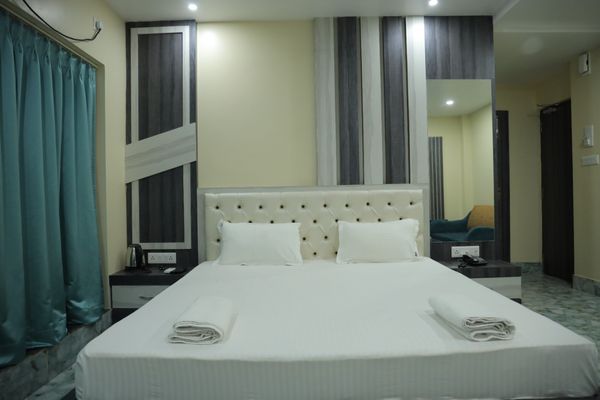Ride to the Roof of India: Exploring the Ultimate Leh Ladakh Bike Adventure
 Palakshi Meharwal
02 May, 2025
10 mins read
348
Palakshi Meharwal
02 May, 2025
10 mins read
348

Few journeys match the raw thrill and spiritual solitude of riding through the rugged terrain of Ladakh. Aptly called “The Roof of India,†Leh Ladakh offers motorcycle enthusiasts an unparalleled blend of adventure, challenge, and awe-inspiring scenery. A Leh Ladakh bike trip is not just a road journey—it’s a rite of passage for every serious rider.
Understanding the Route: Mapping the Journey
The classic Leh Ladakh bike trip often begins from either Manali in Himachal Pradesh or Srinagar in Jammu & Kashmir. Each route has its own personality. The Manali-Leh route, spanning approximately 470 kilometers, takes you through the Rohtang Pass, Baralacha La, and Tanglang La—some of the highest motorable passes in the world. Conversely, the Srinagar-Leh highway offers a relatively gradual ascent, weaving past Zojila Pass and the magnetic vistas of Sonamarg and Drass.
Most bikers prefer a circular route—ascending via Manali and descending through Srinagar—to acclimatize gradually to the high altitude and to experience the contrasting landscapes both routes offer.
Ideal Time to Visit
The best time for a Leh Ladakh bike expedition is from June to September. During these months, the snow clears from the high passes, and the weather is relatively stable. Temperatures during the day range from 15°C to 25°C, though nights can be much colder, especially at higher altitudes.
Bike Options and Essentials
While the iconic Royal Enfield Classic 350 and 500 have long been favorites for Ladakh rides due to their durability and torque, other models such as the Himalayan, KTM Adventure, or even well-maintained Bajaj Dominars are now common choices.
What truly matters is not the brand but the bike’s condition. Ensure it’s well-serviced with upgraded tires, extra fuel-carrying capacity, and fitted with necessary modifications like reinforced carriers or crash guards. Carrying spare parts—clutch cables, spark plugs, brake pads—and knowing basic troubleshooting can make or break your journey.
Must-See Stops Along the Way
- Pangong Lake: Famous for its surreal blue waters, this high-altitude lake (at about 14,270 feet) stretches from India to China and is a must-visit. An overnight stay here offers a chance to witness the magical change in hues under the Ladakhi sky.
- Nubra Valley: Known for its sand dunes, Bactrian camels, and the cold desert, this valley lies beyond the world’s highest motorable road—Khardung La. It’s not just a ride, it’s an experience in itself.
- Tso Moriri: Less commercial than Pangong but equally mesmerizing, Tso Moriri offers a glimpse into Ladakh’s untamed side and is home to migratory birds and rare Himalayan wildlife.
- Magnetic Hill and Zanskar Valley: These destinations break the monotony of rugged terrains and showcase nature’s optical illusions and the grandeur of carved river valleys.
Acclimatization and Health
One of the biggest challenges in Leh Ladakh is the altitude. Acute Mountain Sickness (AMS) can affect even seasoned travelers. Proper acclimatization is non-negotiable. Spend at least 24 to 48 hours in Leh town before ascending further.
Hydration, minimal exertion during the first few days, and medications such as Diamox (after consulting a physician) help in adapting to the high-altitude environment. Avoid alcohol or smoking during the ride, and pay close attention to symptoms like headaches, nausea, or breathlessness.
Cultural Immersion
Ladakh’s rich culture is woven into its monasteries, local festivals, and everyday life. Stop by Thiksey and Hemis monasteries to witness traditional Tibetan Buddhist practices. Eating at local homestays not only supports the community but also introduces you to authentic Ladakhi dishes like skyu, tingmo, and butter tea.
Engaging with the locals—who are often warm, kind, and eager to share stories—enhances the travel experience beyond its visual splendor.
Permits and Documentation
Certain regions in Ladakh require Inner Line Permits (ILP) for Indian nationals and Protected Area Permits (PAP) for foreigners. Areas like Pangong Lake, Nubra Valley, and Tso Moriri fall under this category. These can be obtained from the District Commissioner’s office in Leh or via online portals.
Also carry:
- Valid ID proof (preferably Aadhar or Passport)
- Bike registration and insurance papers
- Driving license
Adventure and Risk: Riding Smart
Riding in Ladakh demands not only physical stamina but mental agility. Gravel roads, unexpected landslides, stream crossings, and oxygen-depleted air all challenge your resilience. Mobile network coverage is patchy; only BSNL and Jio work in Leh town, and even they are unreliable in remote areas.
Plan your fuel stops carefully. There are long stretches—like the 350 km between Tandi and Karu—without any petrol stations. Carry jerry cans and top up whenever possible.
Safety Tips:
- Avoid riding after dark due to lack of street lighting and unpredictable road conditions.
- Ride in a group when possible.
- Always inform someone of your next halt.
- Use protective riding gear (helmet, gloves, knee guards).
Environmental Responsibility
Leh Ladakh’s pristine beauty is fragile. In recent years, increased tourism has led to waste accumulation and environmental strain. Riders must adopt a “leave no trace†policy—carry back your waste, avoid plastic bottles, and respect local customs and wildlife.
Adventures like these are exhilarating, but they also come with the responsibility of preserving the land that grants such fulfillment.
Budgeting the Ride
A well-planned Leh Ladakh bike trip typically costs between ₹25,000 to ₹50,000, depending on the duration, type of bike, accommodation, and fuel consumption. Renting a bike in Leh costs approximately ₹1,500–₹2,000 per day. Homestays and budget hotels range from ₹500 to ₹2,000 per night, while meals are reasonably priced.
Conclusion: More Than Just a Road Trip
The Leh Ladakh bike adventure is not just about conquering high passes or clicking stunning photos. It’s about self-discovery, forming camaraderie with fellow riders, and finding silence in a noisy world. It’s where the engine’s thrum becomes your heartbeat and each twist of the road unveils a new horizon.
Whether you’re a seasoned motorcyclist or a first-time adventurer, this ride is a test of will, a celebration of nature, and a story that will remain etched in your soul long after the dust has settled.
Written By:
Palakshi Meharwal



Hotels at your convenience
Now choose your stay according to your preference. From finding a place for your dream destination or a mere weekend getaway to business accommodations or brief stay, we have got you covered. Explore hotels as per your mood.





